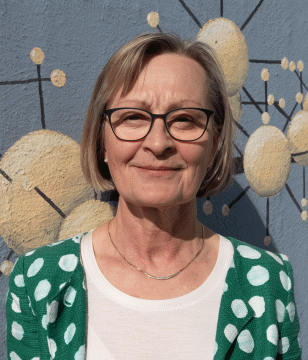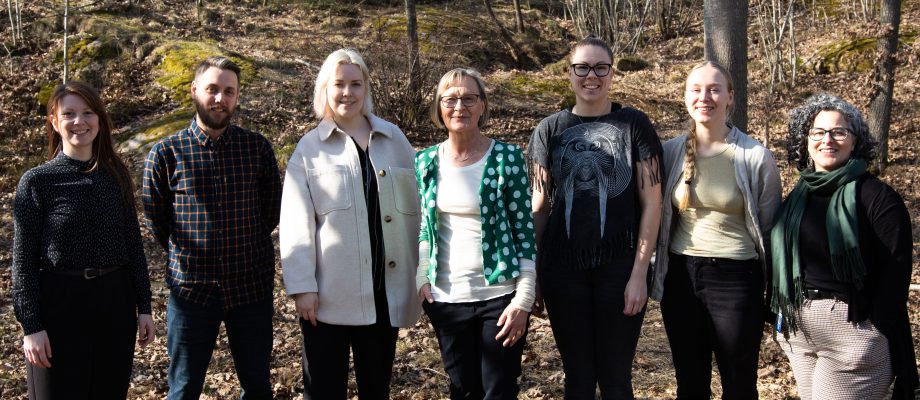PRIZE. The research group for sound environment and health led by Professor Kerstin Persson Waye from the Unit of Occupational and Environmental Medicine has been awarded the Acoustical Society of Sweden’s Sound Prize. The explanation of why the prizewinner was chosen mentions the group’s long-term and interdisciplinary research into the significance of the sound environment on people’s health in schools, housing, workplaces, and other environments.
“Winning a prize in acoustics is great for us as a medical institution, and I think it shows that we conduct high-quality research, not just when it comes to human response and health impact, but also how we treat sound exposure,” says Kerstin Persson Waye.
Noise affects health
The research group conducts several exciting projects. They are using new research to study how noise affects sleep by looking at biomarkers and sleep analysis. Population-wise, the research group conducts epidemiological studies into the long-term health effects of vibrations and noise from trains. They also look at the long-term effect of noise on hearing and health in preschools and in workplaces where women are the majority of staff.

“Perhaps the newest and most challenging work is our studies on the mental health and cognitive development of children and young people. As part of an EU project, we are studying how these outcomes are affected in relation to the levels of noise exposure to children and adolescents, while taking a lifetime perspective,” explains Persson Waye.
![]() Can you give an example where society could benefit greatly if the sound environment could be improved?
Can you give an example where society could benefit greatly if the sound environment could be improved?
“Traffic noise is the source that affects the most people’s health. In Europe, one in five people are exposed to sound levels that have been found to have negative health impacts. Therefore, reducing the noise from engines and tires would have a significant impact on public health. Major positive health effects could also be achieved by improving sound environments for young children. For example, young children are exposed to incredibly high noise levels in many preschools. Such noise levels risk negatively impacting children’s language development, and possibly their hearing, well-being, and coping strategies.”
The honor goes to several people
The research group currently comprises Professor Kerstin Persson Waye, the researchers Sofie Fredriksson, Natalia Vincens and Michael Smith, deputy researchers Sarah Lindgren, Anna Nause, Dejan Simonovic, and Agnes Wiberg, and doctoral student Loisa Sandström.
The previous members of the group and the group’s national and international partners are also being honored. The research group for sound environment and health has been active for nearly 50 years. The group is the result of a merger of two former research groups, where Evy Öhrström was the leader of one of them.
The Acoustical Society of Sweden’s Sound Prize has been awarded each year since 1993. The prize is awarded to individuals, companies, institutions, or public authorities that have contributed to or created the conditions necessary for better sound environments in Sweden.
The full explanation of the award from the Acoustical Society of Sweden
For the research group’s outstanding and expansive research since they began almost 50 years ago (1975). Sound Environment and Health conduct interdisciplinary research into the significance of sound environments on human health in various environments, such as preschools, schools, housing, and workplaces, whiling taking a lifetime perspective. This includes both research on the negative effects of noise and vibrations and on soundscapes that promote positive health. The research group’s work has contributed to highlighting the risks of noise exposure. The knowledge they have generated has been shared both nationally and internationally, and the group has collaborated with public authorities, regions (local authorities), municipalities, the Swedish Environmental Protection Agency, the Swedish Transport Administration and more to improve sound environments throughout society.
BY: ELIN LINDSTRÖM
PHOTO: NINA RAUN











